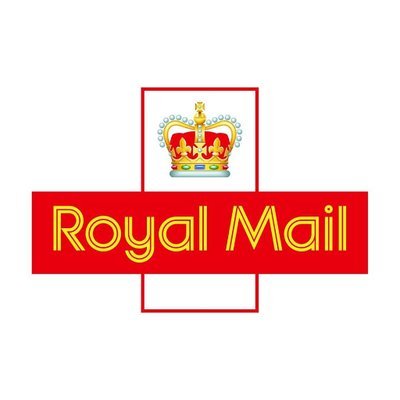
United Kingdom 2019

Real Estate, Transport and Infrastructure | Royal Mail



Maaike de Bie
Real Estate, Transport and Infrastructure | Royal Mail
Group general counsel and company secretary | Vodafone
General counsel and company secretary | easyJet
Team size: Just under 100 What are the most important transactions and litigations that you have been involved in during the last year? A combination of investigations, litigations, a judicial...
Team size: 75 Major legal advisers: Bird & Bird, Clifford Chance, CMS, DLA Piper, Norton Rose Fulbright Maaike de Bie has earned a reputation as a pioneering general counsel (GC)...
Team size: 40
Major law firms used: Addleshaw Goddard, Dentons, Herbert Smith Freehills, Slaughter and May
Despite resigning as GC of Royal Mail in 2018 in favour of switching to easyJet, Maaike de Bie has undeniably left her mark on the in-house community in recent years. Her influence at Royal Mail saw its legal team almost double from 23 lawyers five years ago to just under 40 now. Largely this was down to de Bie’s concerted recruitment of mostly junior lawyers in a new Sheffield hub and the realignment of a business crime team, which now reports into the GC.
For her, the benefits were clear: ‘Bringing more people into Sheffield was important because we were very top- heavy, with most lawyers over ten-years PQE. Now we have two trainees, and some newly qualified people and some two-to-six-years PQE. It’s a more tech-focused generation.’
Doing more than just adding numbers to the team, de Bie also put a heavy focus on training and development to enrich it. The in-house team was trained to be financially astute and to get the best value from external partners, and she oversaw an internal training academy for junior lawyers.
It is not just internal innovation: de Bie also garners respect for her approach to extracting value from external counsel. Despite being told it would be impossible to use flexible fee arrangements for investigations work, she persevered: ‘During investigations, you get many requests for information with really tight deadlines. When one of these comes in, we don’t want to spend ten days negotiating fees with our external counsel. So we said to our firm, “Let’s categorise the requests into three bands of importance – high, medium and low. We can have fixed ranges based on the importance.” When a request came in, all we had to agree was the level of band. It’s worked really well.’
As for the future generations, de Bie insists the in-house route is an attractive one for aspiring lawyers. ‘The only thing in common between an in-house lawyer and a private practice lawyer is the word “lawyer.” Comparing them is really difficult. For instance, we are not incentivised by working as many hours as possible – that’s not how you become a successful in-house lawyer.’